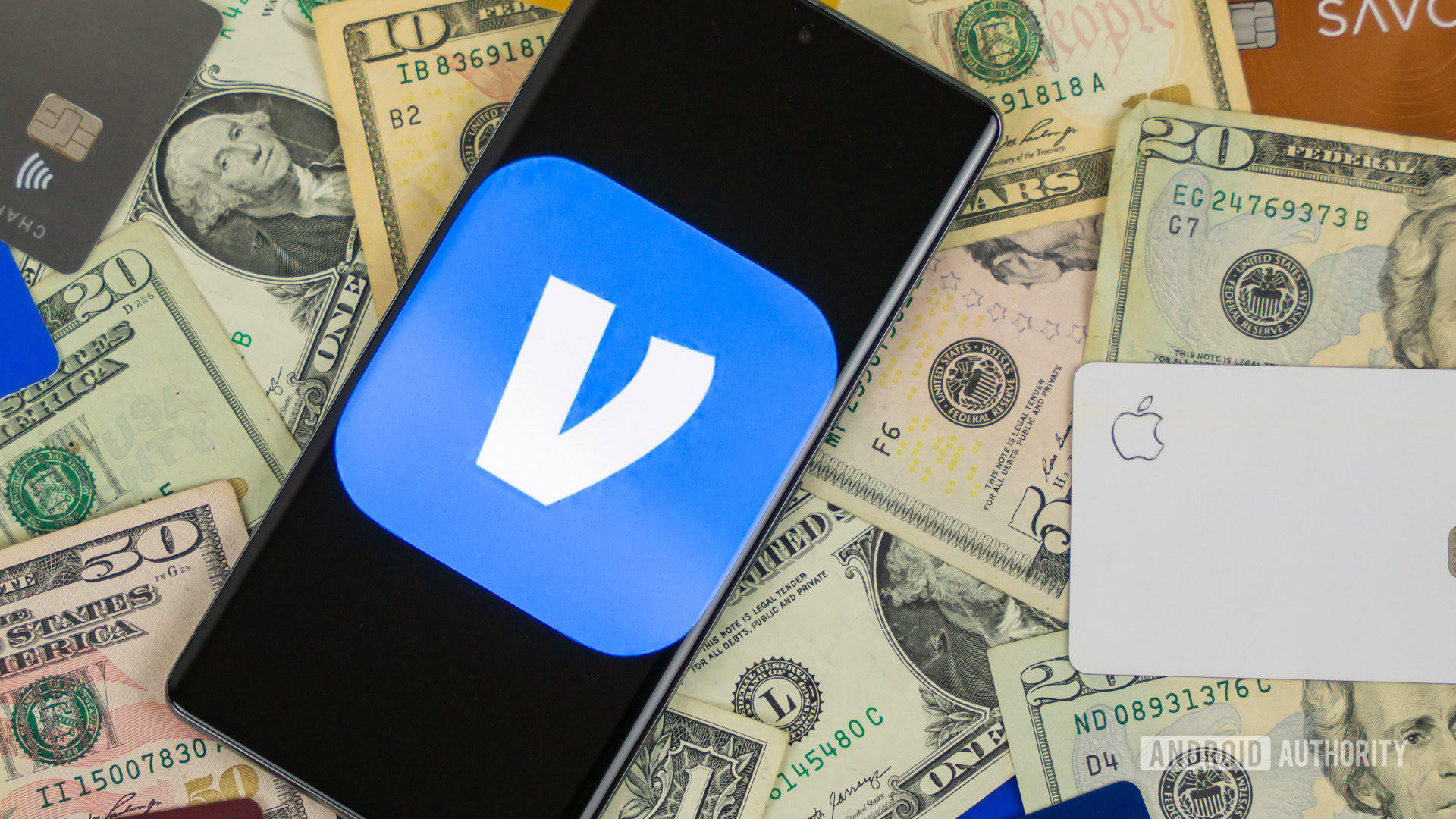Affiliate links on Android Authority may earn us a commission. Learn more.
How does Venmo make money?

Though Venmo is pretty well-established as a money transfer app in 2023, you might be wondering how it stays in business — after all, most transfers are free. The answer is relatively easy, and might seem familiar if you’re used to other transfer services like PayPal.
So, how does Venmo make money?

The company has two sources of income: enhanced consumer options, and the businesses you interact with.
While most transfers are free, there’s a nominal 1.75% fee for debit/bank account transfers if you want them delivered within 30 minutes rather than 1 to 3 business days. We say nominal because there’s a $0.25 minimum fee and a $25 maximum, which guarantees Venmo a base amount of income without inflicting huge penalties on verified users, who are allowed to send up to $60,000 per week.
Businesses, meanwhile, pay a small fee for each transaction if they accept purchases using the service. Currently this fee is 1.9% plus $0.10. Venmo notes for example that if a customer pays $100 for product, it claims $2, leaving the seller with $98.
That might seem strange or unfair, but such fees are relatively common among digital transaction platforms, including even Apple Pay and Google Pay. Venmo’s take might be considered a bargain next to the likes of Square, which charges 2.6% plus $0.10 for most retail transactions on top of any point-of-sale hardware a business might have to buy.
That’s why some retailers deliberately avoid services like Venmo. They have to weigh whether the extra shopping it might attract is worth the expense, and given that most customers are prepared to use cash or cards, the answer can easily be no.